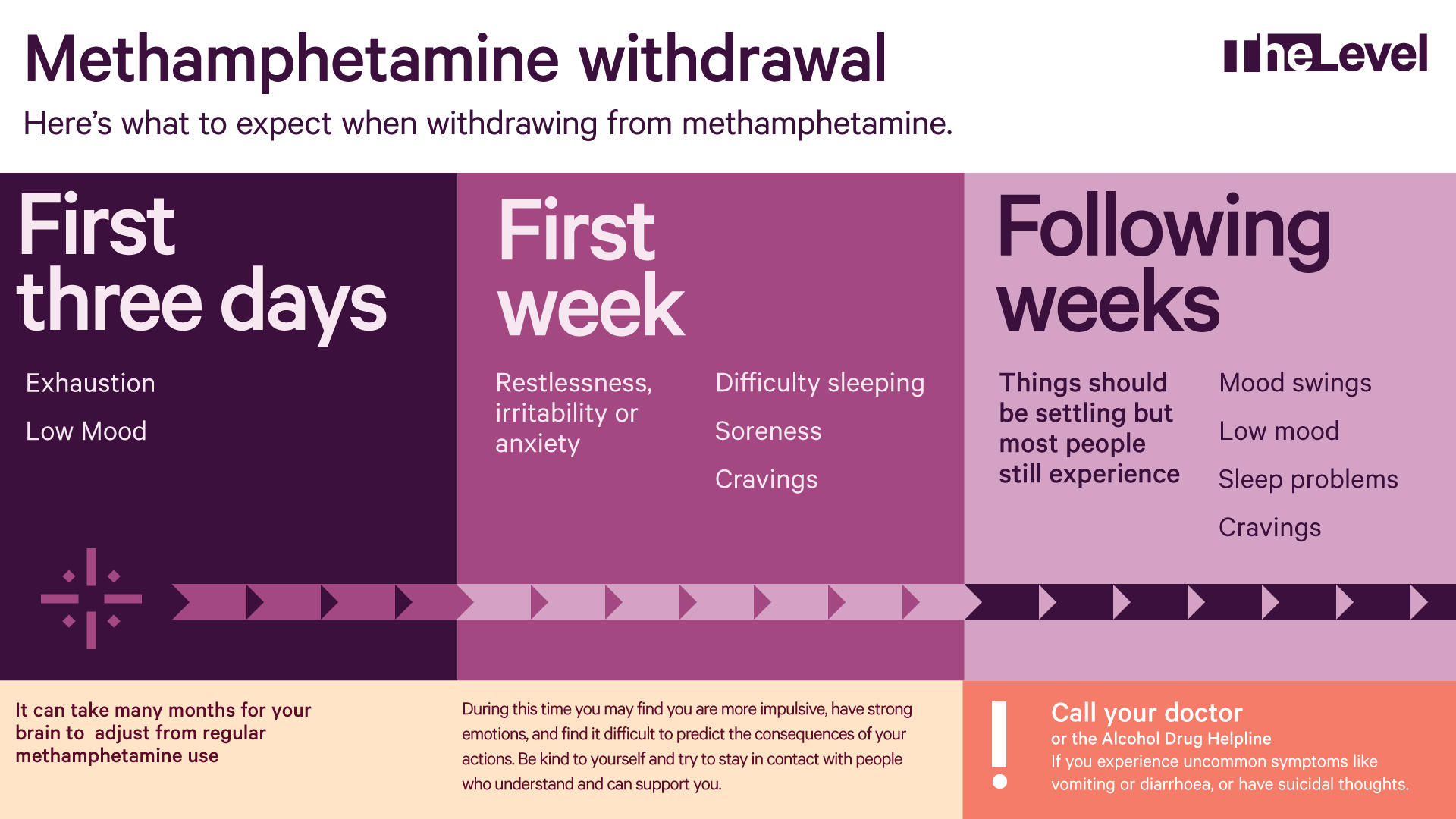SubMenu
冰毒
甲基安非他命 is a powerful, highly addictive stimulant that affects the central 神经系统. Crystal 甲基安非他命 is a form of the 药物 that looks like glass 岩石碎片或有光泽的蓝白色岩石. It is chemically similar to amphetamine, a 药物 used to treat attention-deficit hyperactivity disorder (ADHD) and narcolepsy, 睡眠障碍.
人们可以通过以下途径获取冰毒:
- 吸烟
- 吞咽(丸)
- 吸食
- injecting the powder that has been dissolved in water/alcohol
Because the "high" from the 药物 both starts and fades quickly, people often take repeated doses in a "binge and crash" pattern. 在某些情况下,人们服用甲基苯丙胺 in a form of binging known as a "run," giving up food and sleep while continuing to take the 药物 every few hours for up to several days.
甲基安非他命 increases the amount of the natural chemical dopamine in the brain. Dopamine is involved in body 运动, motivation, and reinforcement of rewarding 行为. 的 药物’s ability to rapidly release high levels of dopamine in reward areas of the brain strongly reinforces 药物-taking behavior, making the user want 重复这个经历.
甲基苯丙胺对健康的影响
Taking even small amounts of 甲基安非他命 can result in many of the same health effects as those of other stimulants, such as cocaine or amphetamines. 这些包括:
- increased wakefulness and physical activity
- 食欲下降
- 快呼吸
- 心跳加快和/或不规则
- increased blood pressure and body temperature
People who inject 甲基安非他命 are at increased risk of contracting infectious diseases such as HIV and hepatitis B and C. 这些疾病是通过 contact with blood or other bodily fluids that can remain on 药物 equipment. 甲基安非他命 use can also alter judgment and decision-making leading to risky 行为, such as unprotected sex, which also increases risk for infection.
甲基安非他命 use may worsen the progression of HIV/AIDS and its consequences. 研究 indicate that HIV causes more injury to nerve cells and more cognitive problems in people who use 甲基安非他命 than it does in people who have HIV and don't use the 药物.1 Cognitive problems are those involved with thinking, understanding, learning, and 记住.
Long-term 甲基安非他命 use has many other negative consequences, including:
- 极度减肥
- 上瘾
- 严重的牙齿问题
- intense itching, leading to skin sores from scratching
- 焦虑
- 大脑结构和功能的改变
- 混乱
- 记忆丧失
- 睡眠问题
- 暴力行为
- 偏执—extreme and unreasonable distrust of others
- 幻觉—sensations and images that seem real though they aren't
In addition, continued 甲基安非他命 use causes changes in the brain's dopamine system that are associated with reduced coordination and impaired verbal learning. In studies of people who used 甲基安非他命 over the long term, severe changes also affected areas of the brain involved with emotion and memory. This may explain many of the emotional and cognitive problems seen in those who use 甲基安非他命.
Although some of these brain changes may reverse after being off the 药物 for a year or more, other changes may not recover even after a long period of time. A recent study even suggests that people who once used 甲基安非他命 have an increased the risk of developing Parkinson's disease, a disorder of the nerves that affects 运动.
过量
An overdose occurs when the person uses too much of a 药物 and has a toxic reaction that results in serious, harmful symptoms or death.
In 2017, about 15 percent of all 药物 overdose deaths involved the 甲基安非他命 category, and 50 percent of those deaths also involved an opioid, with half of those cases related to the synthetic opioid fentanyl. 重要的是要注意廉价, dangerous synthetic opioids are sometimes added to street 甲基安非他命 without 用户知道.
Because 甲基安非他命 overdose often leads to a stroke, heart attack, or organ problems, first responders and emergency room doctors try to treat the overdose by treating 这些条件的目的是:
- restoring blood flow to the affected part of the brain (stroke)
- restoring blood flow to the heart (heart attack)
- 治疗器官问题
上瘾
甲基苯丙胺极易上瘾. When people stop taking it, withdrawal symptoms 可以包括:
- 焦虑
- 乏力
- 严重的抑郁症
- 精神病
- 强烈的药物渴望
While research is underway, there are currently no government-approved medications 治疗甲基苯丙胺成瘾. 的 good news is that 甲基安非他命 misuse can be prevented and 上瘾 to the 药物 can be treated with behavioral therapies. 的 most effective treatments for 甲基安非他命 上瘾 so far are behavioral therapies, 如:
- cognitive-behavioral therapy, which helps patients recognize, avoid, and cope with 可能引发吸毒的情况.
- motivational incentives, which uses vouchers or small cash rewards to encourage patients 保持不吸毒
Research also continues toward development of medicines and other new treatments for 甲基安非他命 use, including vaccines, and noninvasive stimulation of the brain 利用磁场. People can and do recover from 甲基安非他命 上瘾 if they have ready access to effective treatments that address the multitude of medical and personal problems resulting from long-term use.

内容编辑器:
约旦弗雷泽
530-895-2441

